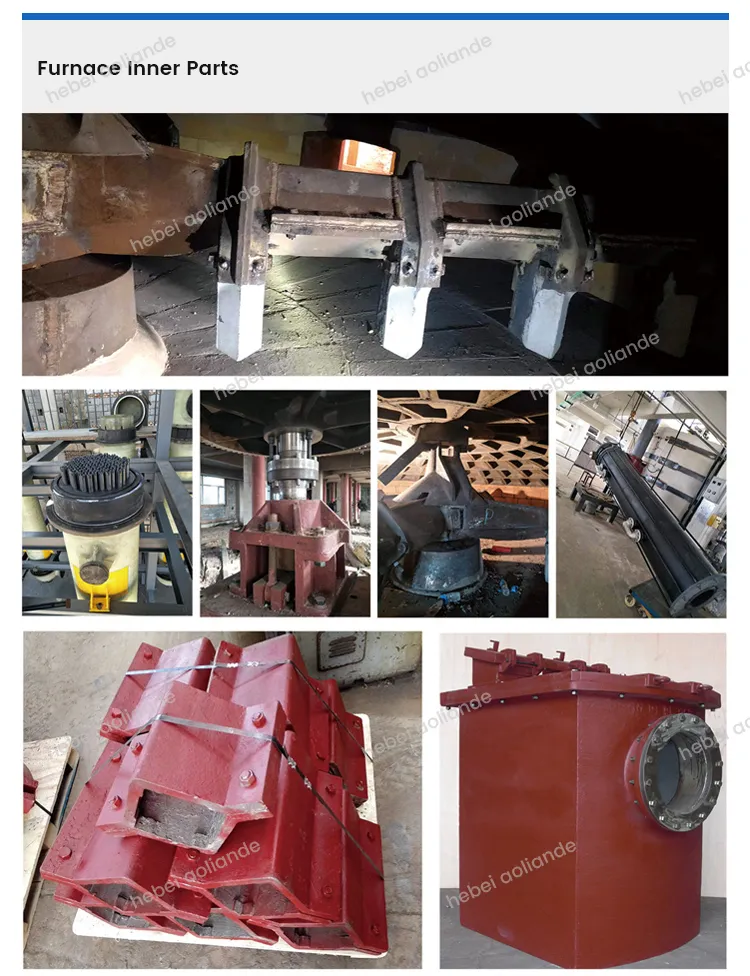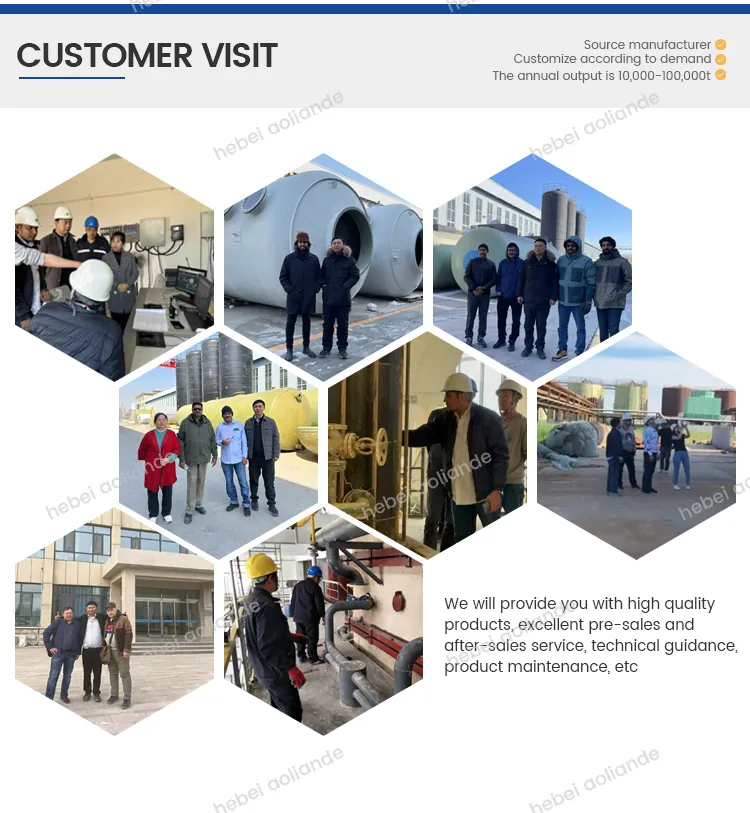FRP Chamber Cover - Durable, Corrosion-Resistant & Affordable
- Fundamental advantages of FRP chamber covers in infrastructure
- Material properties and technical superiority analysis
- Market comparison of leading chamber cover materials
- Top manufacturers and product specifications
- Customization options for specialized applications
- Industry implementation case studies
- Lifecycle cost and long-term value proposition

(frp chamber cover)
Essential Benefits of Modern FRP Chamber Covers
Fiber Reinforced Polymer chamber lids represent a significant advancement in utility protection systems. These composite structures offer critical infrastructure protection while eliminating traditional maintenance challenges. Municipalities and industrial facilities now prefer FRP solutions due to their unique combination of corrosion resistance and structural integrity, which outperform traditional materials in demanding environments.
The material composition integrates polymer resins with high-strength glass fibers, creating covers that withstand harsh chemical exposure from road salts, wastewater chemicals, and industrial pollutants. Independent laboratory testing confirms FRP maintains 95% structural integrity after 10,000 hours of UV exposure. This durability translates to a typical service life exceeding 25 years with minimal maintenance requirements, compared to 8-12 years for traditional cast iron alternatives.
Material Science and Technical Specifications
Engineered with precise fiber orientation and polymer chemistry, FRP chamber covers achieve exceptional strength-to-weight ratios. Advanced resin formulations create non-conductive, spark-resistant surfaces ideal for electrical utility applications. The manufacturing process enables seamless integration of safety features including slip-resistant textures meeting ASTM C1028 standards for wet conditions (COF > 0.85) and ADA-compliant accessibility options.
Structural testing validates impressive load-bearing capabilities; standard 24-inch covers withstand H-20 loading (16,000 lbs wheel load) at just 110-150 pounds – approximately 40% lighter than comparable cast iron. This weight reduction significantly decreases installation injuries, with OSHA reporting 34% fewer strain incidents. Vibration-damping properties reduce noise pollution by 12dB compared to metal alternatives, particularly beneficial in residential settings.
Performance Comparison Across Materials
Objective data reveals compelling advantages when evaluating infrastructure cover materials. The following comparison demonstrates why engineers increasingly specify FRP solutions for modern utility projects:
| Material Property | FRP Composite | Cast Iron | Concrete | Steel |
|---|---|---|---|---|
| Corrosion Resistance | Excellent | Moderate | Good | Poor |
| Weight (24" cover lbs) | 110-150 | 250-350 | 300-400 | 180-220 |
| Installation Time (min) | 6-8 | 12-15 | 20-30 | 10-12 |
| Lifecycle Cost (25 yrs USD) | $850 | $2,100 | $1,800 | $2,400 |
| Impact Strength (ft-lb) | 42 | 27 | 16 | 33 |
Manufacturer Landscape and Product Specifications
The FRP chamber cover market features specialized producers focused on material engineering innovations. Leading manufacturers have developed proprietary processes enhancing both performance and installation efficiency. Typical production tolerances maintain ±1/16-inch dimensional accuracy, ensuring proper fitment with existing frame systems.
Standard specifications include:
- Load ratings: AASHTO H-20 standard up to specialized HS-25 variants
- Surface textures: Diamond plate, grit-impregnated, smooth finish options
- Color options: Traffic yellow, safety green, municipal gray, custom pantones
- Frame compatibility: Adjustable designs accommodating variations in opening sizes
Third-party validation includes UL classification and NASSCO compliance certifications across major product lines.
Custom Engineering Solutions
Specialized applications require tailored solutions beyond standard product offerings. Manufacturers provide engineered systems addressing unique challenges including:
- Explosion-proof designs for petroleum facilities meeting API 650 requirements
- Electromagnetic shielding configurations protecting sensitive equipment
- Low-profile versions for airport runways (FAA Advisory Circular 150/5370-10 compliance)
- Insulated versions reducing heat transfer in steam tunnel applications
Advanced manufacturing capabilities enable rapid prototyping, with design-to-production timelines averaging 6-8 weeks. Digital scanning creates precise 3D models of existing structures for retrofit applications, reducing on-site measurement errors by 92% according to industry installation records. Frame integration systems accommodate concrete, steel, or composite surrounds with specialized gasket options creating watertight seals rated to PSI 10 pressure standards.
Documented Implementation Successes
Coastal municipality installations demonstrate FRP's durability advantages. Following a major hurricane, inspection data showed:
- 98.2% of installed FRP covers remained fully functional
- Zero corrosion incidents despite 14-day saltwater immersion
- Structural deflection measured at under 0.03 inches under debris loads
Industrial applications prove equally impressive in chemical processing plants:
- No degradation after 7 years of exposure to pH 2.0 acidic runoff
- Methane resistance exceeding ASTM D543 standards
- Elimination of annual recoating maintenance saving $78 per unit annually
Over 150,000 FRP covers installed in the past decade show less than 0.5% replacement rate – substantially lower than the 8.7% average for traditional materials.
Evaluating FRP Chamber Cover Pricing Factors
Initial investment considerations must account for complete lifecycle economics. While base pricing ranges from $180 to $600 depending on specifications, the long-term value proposition becomes clear when evaluating total cost of ownership:
- Installation savings: 50% reduction in crew time versus cast iron
- Maintenance elimination: No corrosion treatments or recoating required
- Replacement avoidance: Tripled service life reduces replacement frequency
Premium frame-integrated systems represent approximately 35% of the market, offering enhanced security features at a 15-20% cost premium that delivers measurable returns through reduced theft incidents. Municipal procurement data indicates 12-18 month payback periods when replacing traditional covers with advanced FRP chamber covers in high-corrosion environments.

(frp chamber cover)






























